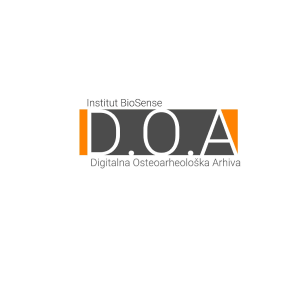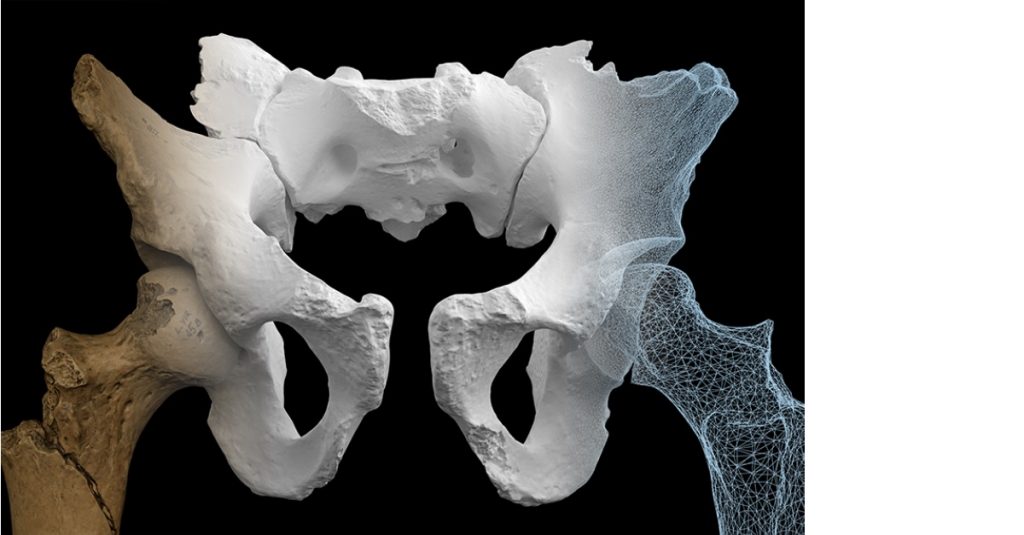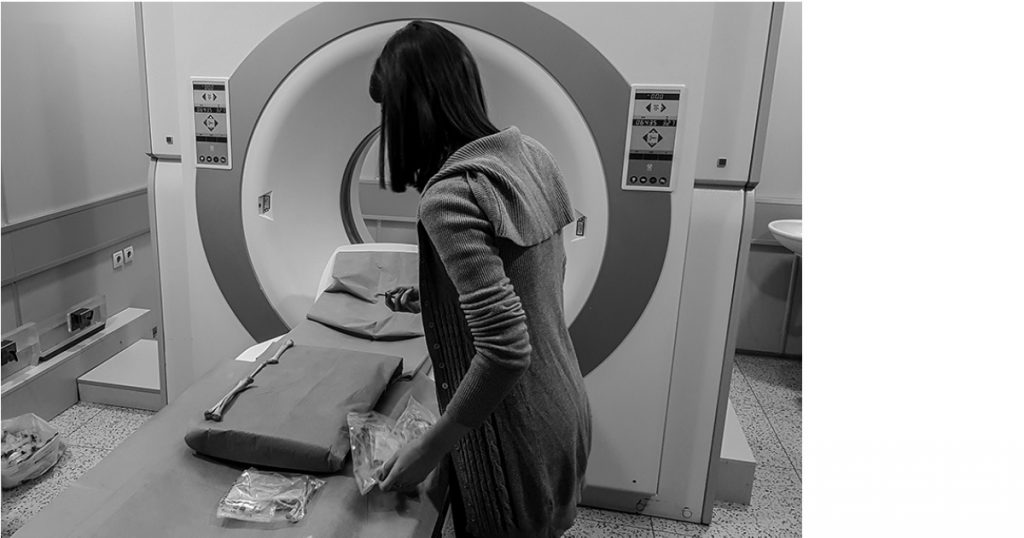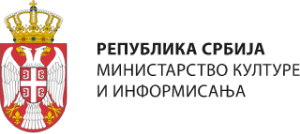People of Lepenski Vir: protocole for digitalization of bioarchaeological heritage
Acronym: aBIOHERITAGE
Implementation period: 01/10/2018 - 30/09/2019
GA number: 19-01-92/2018-09
Type of Project: National
Internet presentation: https://3d.biosense.rs/3DPortal/#/app-h/dashboard

Project aim: The project aims to create a digitalized archive of the important anthropological collection of humans skeletal remains from the Danube Gorges, dated to Mesolithic and Neolithic period (10000-5500 BC), providing open access to digitalized 3D models.
About the project: The excitement affixed to the 3D digitalization process and deliverables for archaeological research has been self-fueled for decades by now, and yet there is a sense that this promising framework is still waiting to be seated in a standardized research workflow. The aim of the aBIOHERITAGE is to create standards for the 3D digitalization of the ancient human skeletal remains.

With use of computer tomography and IBM (Image Based Modelling), remains of individuals that were living during one of the most extraordinary periods of human history, such as the Neolithic Demographic transition, when humans experienced the first fertility increase,will be made accessible to a wide audience, retaining metric data and possibility to be analyzed online, while at the same time allowing for the real remains to stay out of exposure and potential harm done during handling. IBM method will be the main source of digitalization, followed by micro-computerized tomography and CT. Structured light scanner will be utilized within the workflow according to need. Once completed 3D models will be deployed through an open source environment designed with representation of cultural heritage in mind. Also, within the same environment are tools that are helpful for the engagement with the assemblage: tools for acquisition of metrical data, orthographic projection of principal views, enhancement of geometry characteristics via projected light, possibility to create sections and isolate particular parts of the model.


Themes:
1) Physical anthropology